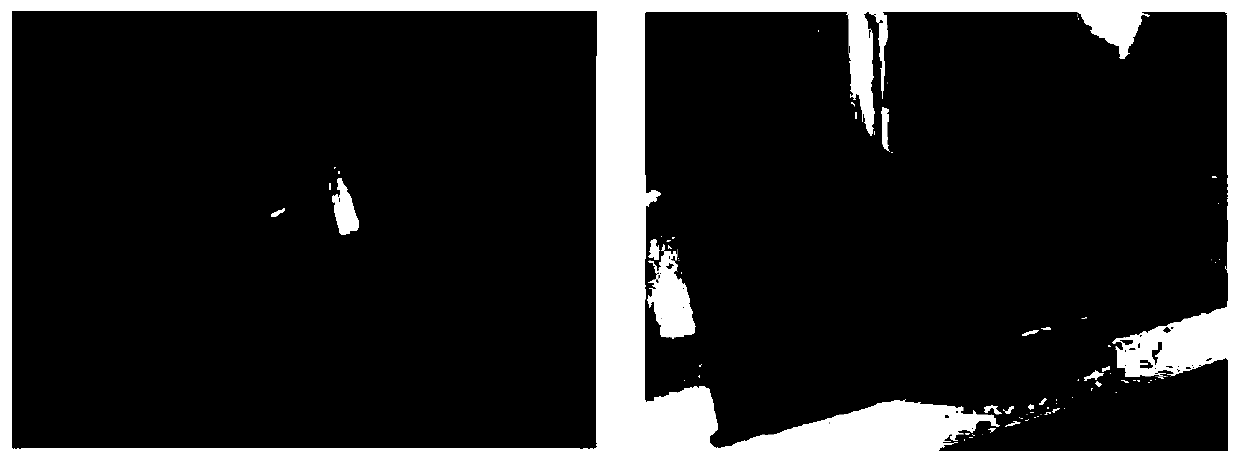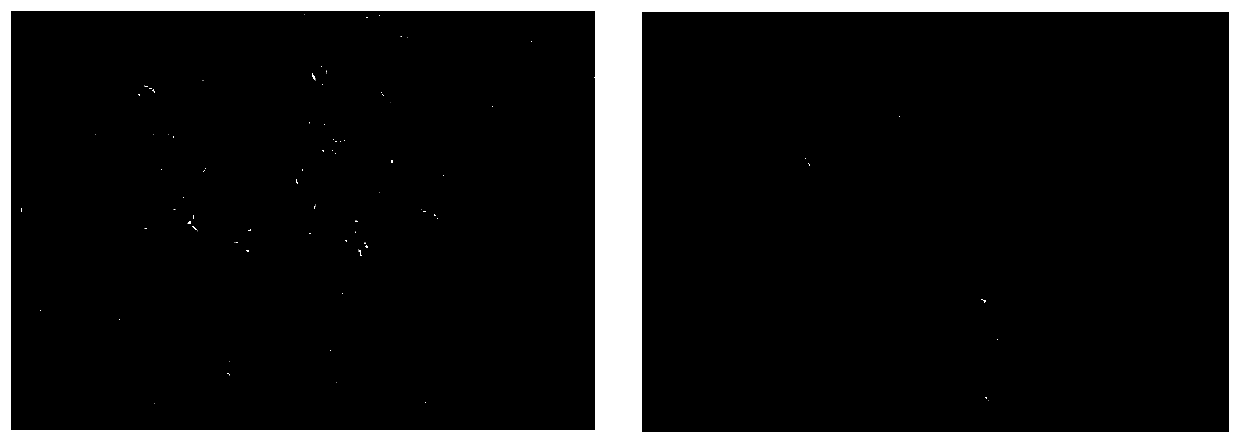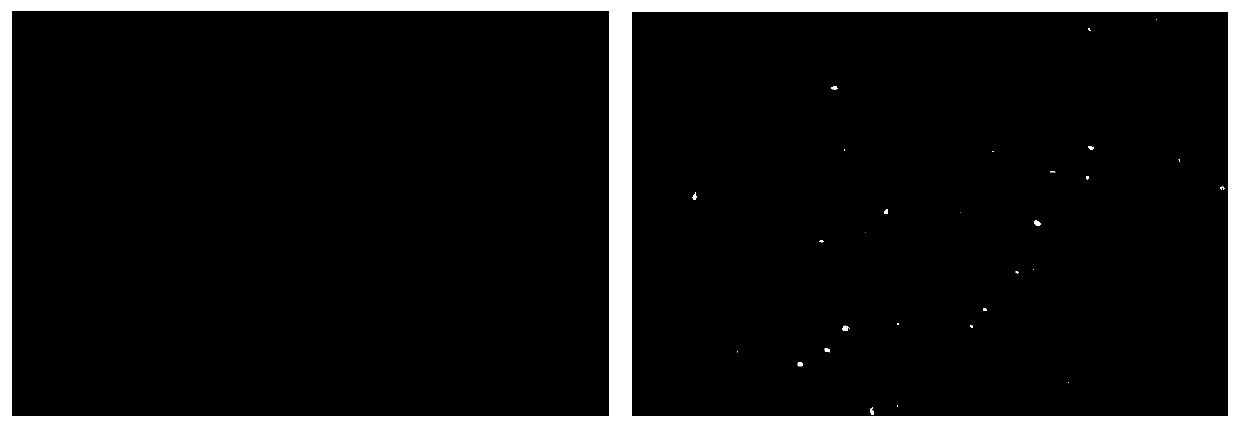Photo-crosslinked recombinant collagen hydrogel, preparation method and application of the photo-crosslinked recombinant collagen hydrogel in 3D biological printing
A technology for recombinant collagen and bioprinting, which is used in applications, tissue regeneration, household appliances, etc., can solve the problems of gelatin having no rod-shaped triple-helix space structure, unfavorable industrialization promotion, complex processing conditions, etc., and achieves good formability and good formability. Good biological activity and physical and chemical properties
- Summary
- Abstract
- Description
- Claims
- Application Information
AI Technical Summary
Problems solved by technology
Method used
Image
Examples
Embodiment 1
[0042] Example 1 Preparation of photocrosslinked recombinant collagen hydrogel
[0043] Add 1 g of recombinant human collagen into 10 ml of phosphate buffer, stir for 30 minutes to dissolve it completely, and prepare a 10% (W / V) collagen phosphate solution. 0.6 ml of methacrylic anhydride was added to the collagen phosphate solution within 2 minutes, and stirred and reacted at 50° C. for 60 minutes. Add the reacted solution into a 10ml centrifuge tube, and centrifuge at 4000g for 3 minutes. Then take the supernatant and add deionized water to dilute it 2 times, adjust the pH value to 7, then add the diluted solution into a 36MM dialysis bag (MW: 14000), and dialyze under the condition of deionized water at room temperature for 7 days, every 8 hours Replace the deionized water. After the dialysis, the solution was frozen at -80°C, and then placed in a vacuum freeze dryer (Beijing Sihuan Scientific Instrument Factory Co., Ltd., model: LGJ-10D, freeze-dried according to the con...
Embodiment 2
[0047] Example 2 Preparation of photocrosslinked recombinant collagen hydrogel
[0048] Add 1 g of recombinant human collagen into 10 ml of phosphate buffer, stir for 30 minutes to dissolve it completely, and prepare a 10% (W / V) collagen phosphate solution. 0.6 ml of methacrylic anhydride was added to the collagen phosphate solution within 2 minutes, and stirred and reacted at 50° C. for 60 minutes. Add the reacted solution into a 10ml centrifuge tube, and centrifuge at 4000g for 3 minutes. Then take the supernatant and add deionized water to dilute it 2 times, adjust the pH value to 7, then add the diluted solution into a 36MM dialysis bag (MW: 14000), and dialyze under the condition of deionized water at room temperature for 7 days, every 8 hours Replace the deionized water. After the dialysis, the solution was frozen at -80°C, and then placed in a vacuum freeze dryer to freeze-dry to form a freeze-dried product.
[0049] Dissolve photoinitiator 2959 in deionized water to...
Embodiment 3
[0052] Example 3 Preparation of cell-loaded photocrosslinked recombinant collagen hydrogel
[0053] Add 1g of recombinant human collagen into 10ml of phosphate buffer, stir for 30 minutes to dissolve it completely, and configure it into a 10% (W / V) collagen phosphate solution; add 0.6ml of methacrylic anhydride to Collagen phosphate solution, stirred and reacted at 50°C for 60 minutes; put the reacted solution into a 10ml centrifuge tube, centrifuged at 4000g for 3 minutes; then took the supernatant and diluted it with deionized water 2 times to adjust the pH value 7. Then add the diluted solution into a 36MM dialysis bag (MW: 14000), and dialyze under deionized water at room temperature for 7 days, and replace the deionized water every 8 hours; after the dialysis, the solution is frozen at -80°C. Then place it in a vacuum freeze dryer for freeze-drying to form a freeze-dried product.
[0054] The blue photoinitiator LAP was dissolved in deionized water, and configured as a 0...
PUM
 Login to View More
Login to View More Abstract
Description
Claims
Application Information
 Login to View More
Login to View More - R&D
- Intellectual Property
- Life Sciences
- Materials
- Tech Scout
- Unparalleled Data Quality
- Higher Quality Content
- 60% Fewer Hallucinations
Browse by: Latest US Patents, China's latest patents, Technical Efficacy Thesaurus, Application Domain, Technology Topic, Popular Technical Reports.
© 2025 PatSnap. All rights reserved.Legal|Privacy policy|Modern Slavery Act Transparency Statement|Sitemap|About US| Contact US: help@patsnap.com



